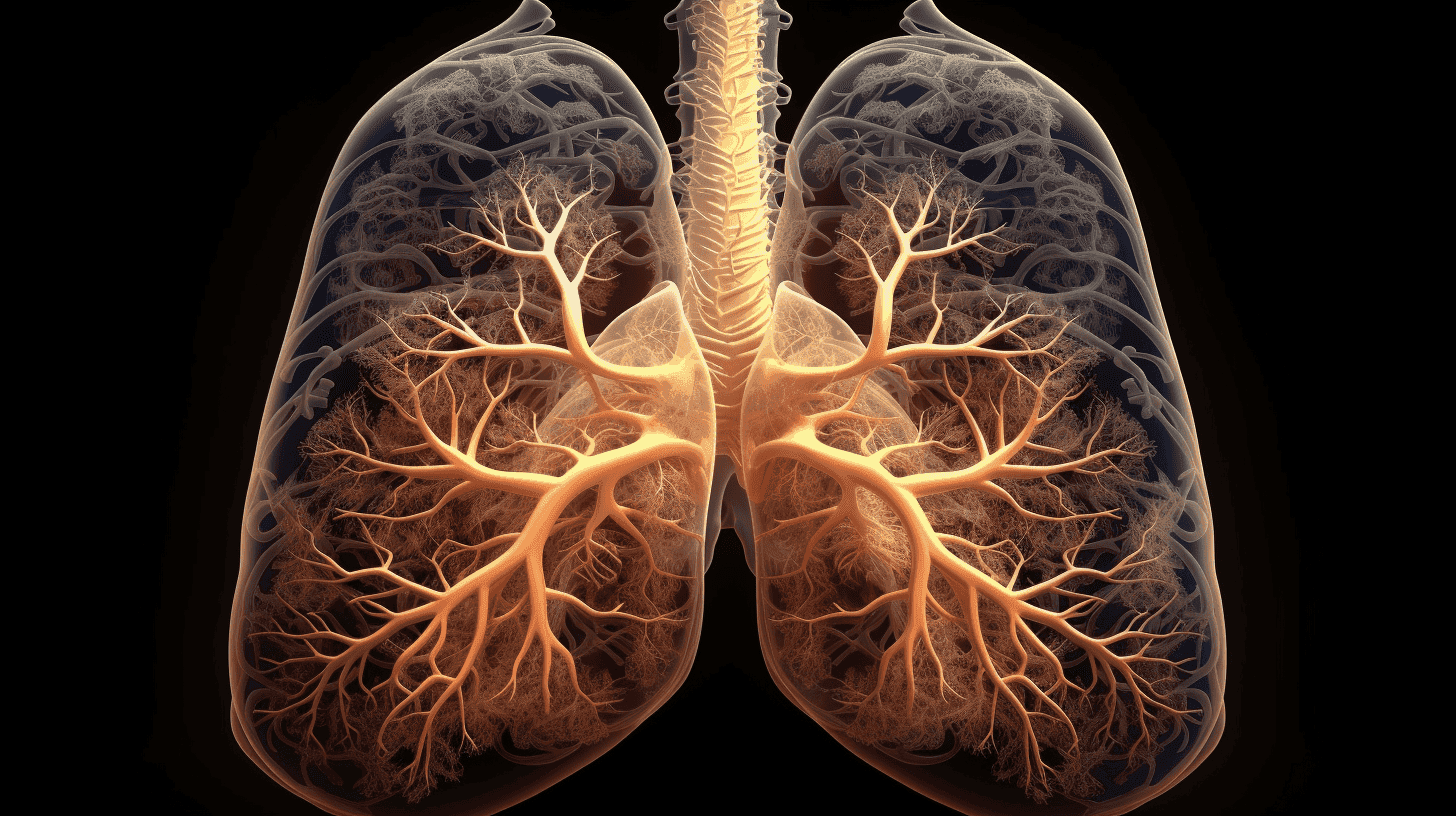Thirona, COPD Foundation partner to advance AI-driven phenotyping
By leveraging advanced image quantification, the study will help unlock more profound insights into the heterogeneity of COPD.
Published on May 10, 2025

Team IO+ selects and features the most important news stories on innovation and technology, carefully curated by our editors.
Thirona, a global leader in AI-powered lung image analysis, enters a partnership with the COPD Foundation to conduct a large-scale research study on the COPDGene cohort involving more than 10,000 research volunteers. This collaboration aims to extract and validate a range of AI-based quantitative CT measures, identifying imaging biomarkers with the most significant potential for improving COPD phenotyping and advancing precision care.
By leveraging advanced image quantification through Thirona’s analytical capabilities, including Bronchial-Artery Analysis (LungQ-BA) and Mucus Plug Quantification (LungQ‐MP), the study will help unlock more profound insights into the heterogeneity of COPD. The ultimate goal is to support the development of more effective, targeted therapies and improve patient engagement through a clearer understanding of their disease trajectory.
Thirona's mission
Prof. Dr. Harm Tiddens, Chief Medical Officer, thinks partnering with the COPD Foundation will accelerate Thirona's mission: "We believe that the future of COPD care lies in the ability to personalize treatment strategies by better understanding the disease’s complexities through objective imaging metrics."
Chronic Obstructive Pulmonary Disease (COPD) affects more than 390 million people worldwide and is the fourth leading cause of death globally. Its heterogeneous nature makes it difficult to classify, diagnose, and treat effectively. Despite significant progress in therapeutics, only 15–20% of COPD patients respond predictably to current treatment options.
This complexity continues to challenge clinicians and drug developers, underscoring the need for improved phenotyping, which is essential to support precision medicine approaches. AI-based QCT enables reproducible, objective assessments of disease components, such as emphysema, airway disease, and vascular remodeling, providing data-driven insights to potentially enable better patient stratification and support novel drug development.
Transforming our understanding
Dr. Bruce Miller, Chief Scientific Officer at the COPD Foundation, believes AI imaging is transforming our understanding of the complexities of COPD. "The ability to automate CT analysis is transformative for disease understanding. This partnership represents an important step toward understanding COPD at a previously impossible level. It will potentially enable precision medicine approaches to help the millions of people with COPD live longer, healthier lives."
By making disease progression explainable and visible, this initiative is expected to support scientific discovery and therapeutic development and contribute to patient empowerment. When patients can clearly see and understand the course of their disease, it fosters improved engagement, better adherence to treatment, and ultimately, better outcomes.
